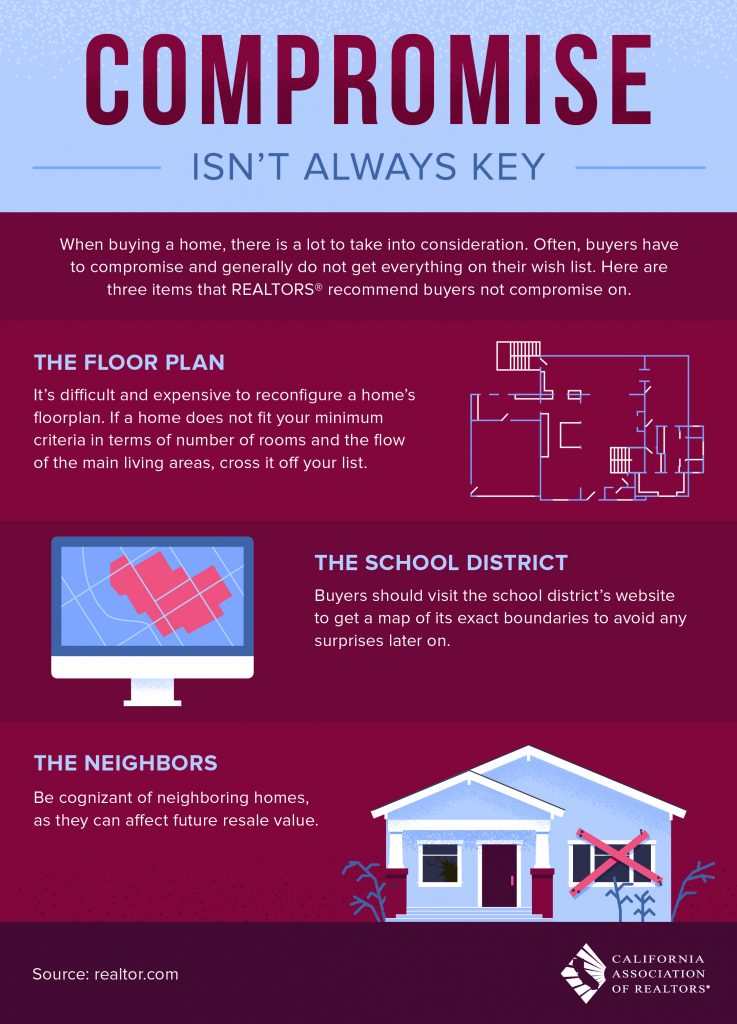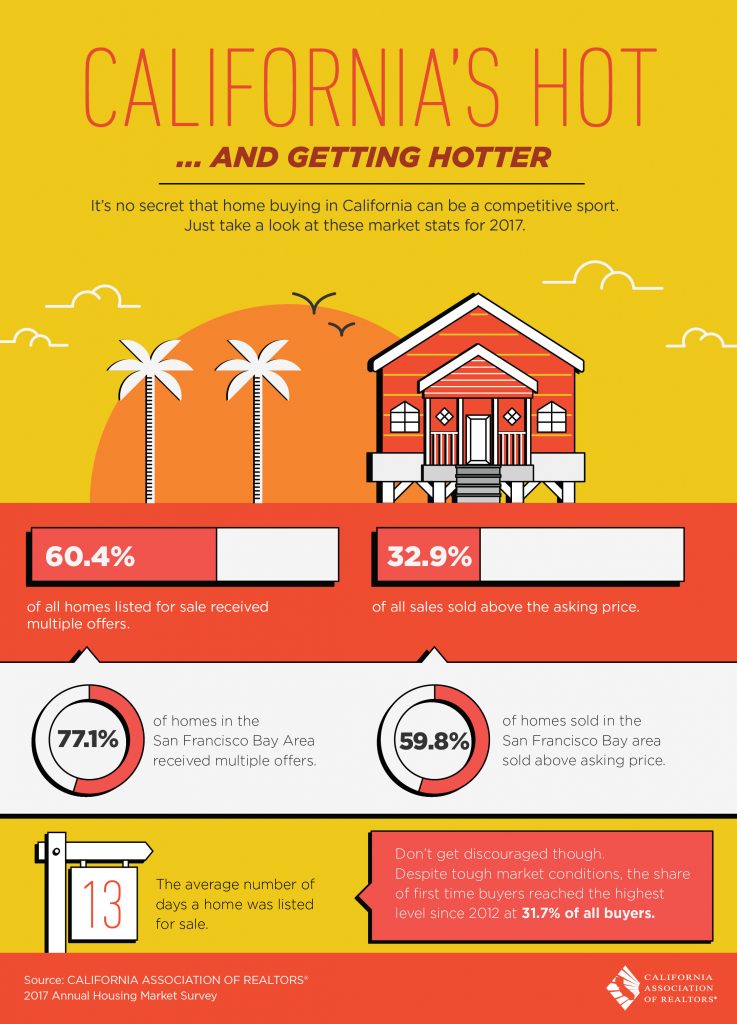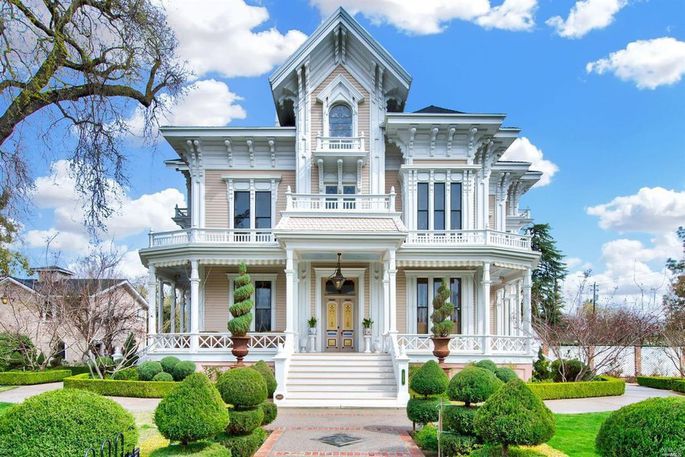About a month ago, the Department of Veterans Affairs released long-awaited guidelines for 100 percent financed purchase-rehabilitation loans for military veterans, a move that real estate professionals hailed as a much-needed option during the REALTORS® Legislative Meetings & Trade Expo in Washington, D.C., on May 16.
Carol Mitchell, an executive at Atlantic Bay Mortgage Group—one of the first lenders to offer the loan—told members of the National Association of REALTORS’ Federal Finance Committee that it’s a way for veterans to get the benefits of a no-down VA-backed loan for a home that could meet the agency’s property standards after rehabilitation. “You can get the rehab done with part of the purchase loan,” Mitchell said.
Greg Nelms, chief of loan policy for the VA Loan Guaranty Service, said the agency made its guidelines broad and flexible so lenders can add overlays that make sense for them. Atlantic Bay Mortgage, which is licensed to originate VA loans in 40 states, caps the rehab component of the loan at $31,100 and permits an additional $3,900 to cover fees, inspection costs, and construction contingencies of up to 15 percent of the loan amount.
The rehab work, which is limited to repairs and upgrades, must be completed within 90 days of receiving a loan. The money cannot be used for structural additions, although a buyer could add a room if it doesn’t involve removing a load-bearing wall. The appraisal must support the purchase price plus the improvements, a termite certificate has to be issued before the loan can be approved, and the buyer can’t act as the general contractor.




